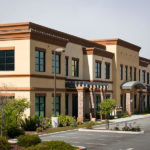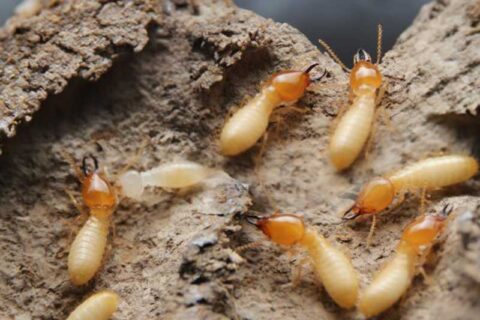The Lifespan of the Termite (Part I)
Termites can be a problem for homeowners throughout the United States. There are around 50 different termite species found throughout North America, but the most prolific are these three:
Dampwood Termites – This species lives in damp, rotting, decaying wood and is typically found in homes in the Pacific Coast states.
Drywood Termites – These termites are more widespread than damp wood termites and can be found in coastal states, as well as the warmer southern states throughout the U.S. Drywood termites establish colonies in the dry wood.
Subterranean Termites – Subterranean termites are the most commonly found termites that damaged homes. Unlike the other two, this species lives in the ground or will build mud tubes above ground, like underneath and on the sides of homes.
All termite species go through a similar life cycle and have similar lifespans. Termite colonies are formed in the springtime when “swarmers,” also called alates, leave their original colony and fly off to find a mate. Swarmers are winged termites that have a pair of wings and are often confused for swarming ants. After they find an appropriate mate, the male and female will break the wings off each other and find a place to establish their new colony.
Colonization does take some time and, in most cases, a new termite colony will not start to become a headache for homeowners until several years later. Initially, the new colony will produce a small number of eggs, ranging from 10 to 80, depending on the species.
For instance, dry wood termites reproduce at a slower rate. At the end of the first year of a new dry wood termite colony, the total number of termites averages around fifteen termites, whereas a new subterranean colony can have upward of a hundred new termites at the end of the first year.
In Part II of this two-part blog segment, we will continue to discuss the lifespan of termites and why these pests become problems for homeowners. To keep your home safe from pests and termites, remember to contact MightyMite Termite Services at 408-377-3761 to schedule a free inspection today!








